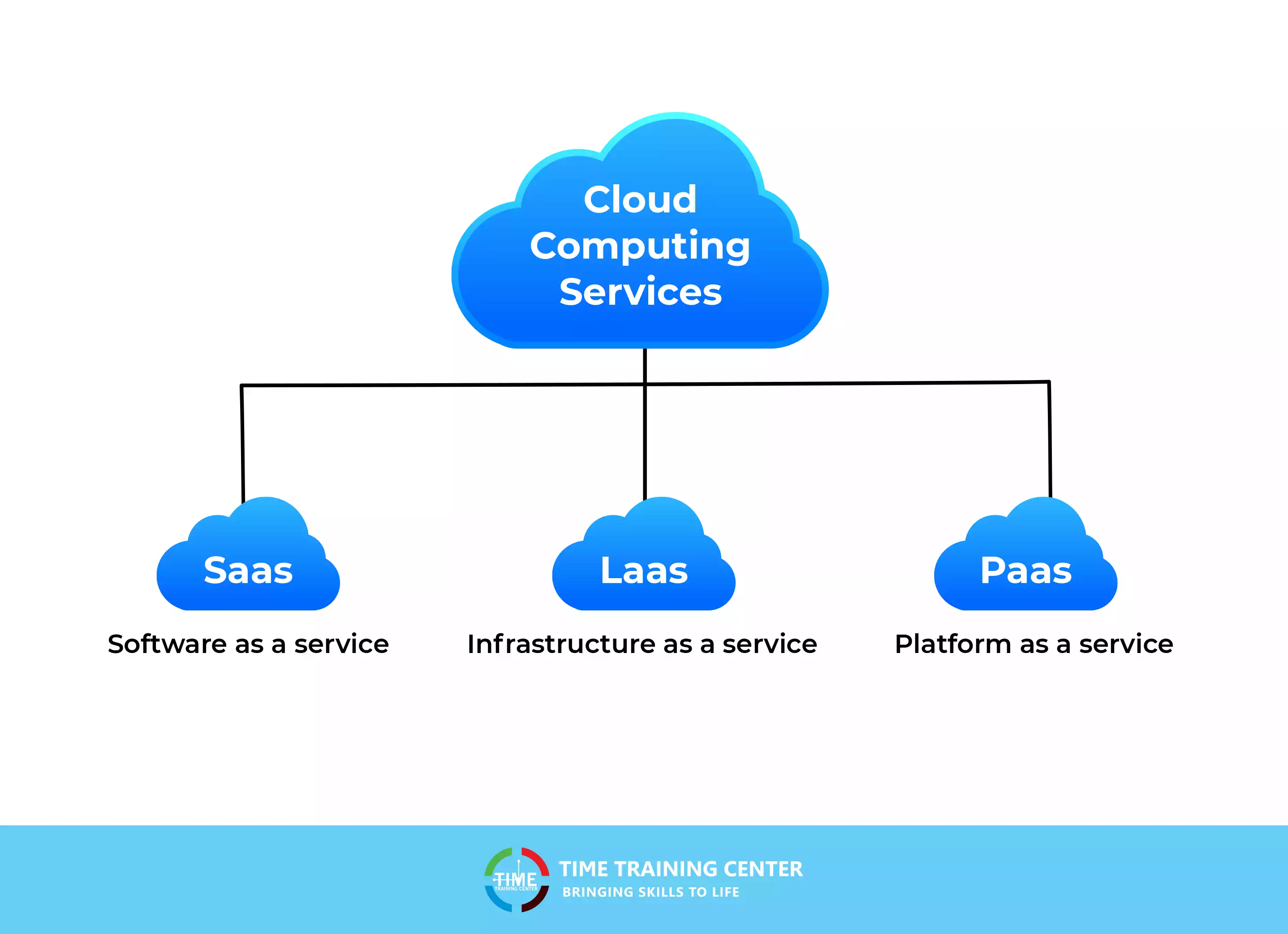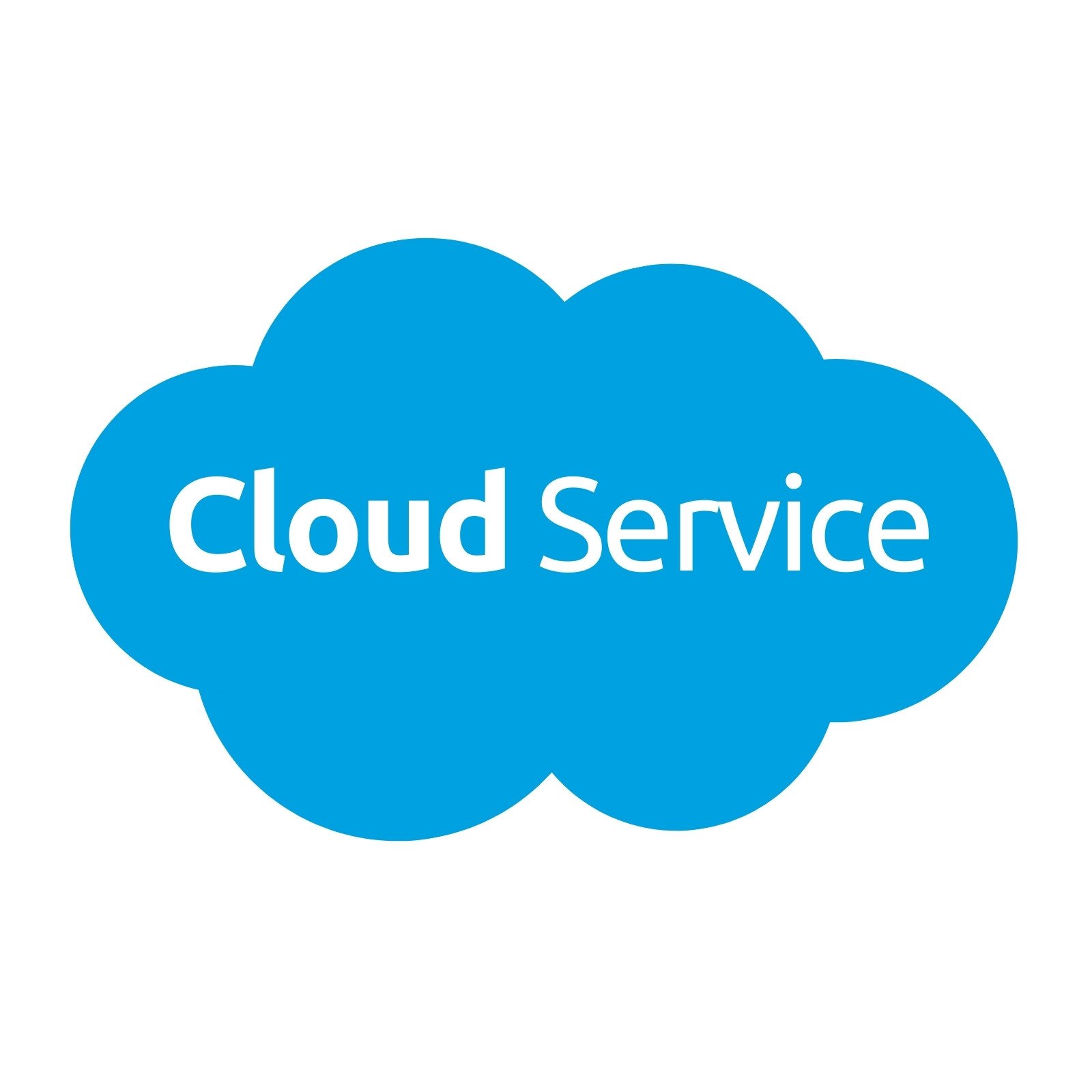Boost Your Organization with LinkDaddy Cloud Services: Letting Loose Universal Cloud Service Possible
Wiki Article
Simplify Your Framework With Cloud Provider
As organizations browse the ever-evolving landscape of innovation and information management, the role of cloud services in streamlining framework has actually become progressively famous. Just how can businesses efficiently browse this change and absolutely unlock the potential of cloud services for simplifying their infrastructure?Benefits of Cloud Solutions
Cloud solutions use a structured approach to handling IT infrastructure, providing companies with cost-efficiency, adaptability, and scalability. Among the vital advantages of cloud solutions is the scalability they supply. Companies can easily scale their resources up or down based on demand, ensuring they only pay for what they utilize. This flexibility is particularly beneficial for companies with varying requirements or those experiencing growth.In addition, cloud solutions eliminate the demand for services to purchase expensive equipment and software application. This cost-efficiency is a significant benefit, particularly for small to medium-sized ventures wanting to minimize in advance costs. By making use of cloud services, organizations can access high-quality IT sources without the significant rate tag connected with traditional facilities setups.
Additionally, cloud solutions provide services with the flexibility to access their data and applications from anywhere with a net link. This level of availability boosts collaboration among groups, makes it possible for remote work, and enhances general performance. The flexibility used by cloud solutions empowers services to adjust promptly to changing market conditions and client needs.
Cost Savings and Scalability
In addition to the functional benefits highlighted earlier, the combination of cloud services right into a company's infrastructure comes up with considerable expense financial savings and improved scalability. Cloud solutions use a pay-as-you-go design, enabling organizations to range sources up or down based upon present requirements, thus preventing the costs associated with maintaining excess capacity. This adaptability makes it possible for firms to adjust swiftly to changing demands without incurring unnecessary expenditures.In addition, cloud solutions get rid of the need for upfront financial investments in equipment and software program, reducing capital investment. Operating expenses are also reduced as business no more need to manage and maintain physical web servers, bring about reduced energy intake and IT staffing expenses. Additionally, cloud solutions supply automatic updates and upkeep, making certain that the facilities remains safe and up-to-date without needing hand-operated interventions.
Enhanced Safety And Security Measures
When integrating cloud solutions right into a business's facilities to safeguard delicate information and ensure compliance with sector policies,Implementing strict protection steps is critical. Cloud company use boosted safety and security functions such as data file encryption, firewall defense, and multi-factor authentication to minimize cybersecurity risks. File encryption aids safeguard data both at rest and en route, guaranteeing that just accredited customers can access sensitive details. Firewall programs act as an obstacle between outside hazards and inner networks, tracking and regulating inbound and outward bound network traffic. Multi-factor authentication includes an additional layer of safety by needing individuals to supply several types of confirmation before accessing the cloud services.Additionally, regular protection audits and conformity assessments aid make certain and determine vulnerabilities adherence to sector requirements. Companies can additionally take advantage of features like computerized safety updates and real-time threat monitoring supplied by cloud service providers. By prioritizing security steps and remaining positive in addressing prospective threats, companies can with confidence take advantage of cloud solutions while protecting their useful data from unauthorized accessibility or breaches.
Transitioning to Cloud Framework
To successfully integrate cloud services into a company's facilities, a structured technique that attends to the change in the direction of cloud-based services is essential. Transitioning to cloud visit this web-site infrastructure involves careful planning and execution to ensure a smooth migration process - Cloud Services.When the evaluation is total, a migration strategy should be developed. This approach needs to lay out the timeline, sources, and duties for relocating each part to the cloud. It is important to connect this strategy clearly to all stakeholders to guarantee alignment and minimize disruptions throughout the change.
Throughout the migration testing, process and surveillance are crucial to identify and attend to any type of issues without delay. Routine checkpoints should be developed to track development and make necessary changes. Additionally, training for staff members on utilizing cloud services must be offered to ensure an effective transition and take full advantage of the benefits of the brand-new infrastructure.
Ideal Practices for Cloud Adoption
Successful fostering of cloud services depends upon the tactical placement of company purposes with technological abilities and business readiness. To make sure a smooth transition to the cloud, organizations need to start by performing a comprehensive analysis of their existing infrastructure and recognizing which workloads are best fit for cloud movement. It is important to entail key stakeholders from different divisions in the decision-making procedure to acquire buy-in and resolve any issues beforehand.Another ideal practice for cloud fostering is to prioritize security and conformity. Organizations must thoroughly evaluate the security measures read this article provided by cloud company and make sure that their data is protected according to sector criteria and regulatory demands. Implementing durable information file encryption, gain access to controls, and regular safety audits can help minimize dangers associated with cloud fostering.

Verdict

As organizations navigate the ever-evolving landscape of modern technology and data management, the function of cloud services in streamlining framework has actually become progressively prominent - universal cloud Service. Exactly how can organizations successfully browse this shift and genuinely open the potential of cloud services for simplifying Click Here their infrastructure?
Cloud solutions provide a streamlined strategy to managing IT infrastructure, supplying services with cost-efficiency, scalability, and versatility. By using cloud solutions, organizations can access premium IT sources without the large cost tag linked with typical framework arrangements.
To make certain a smooth change to the cloud, companies need to begin by carrying out an extensive analysis of their present facilities and determining which workloads are best fit for cloud movement.
Report this wiki page